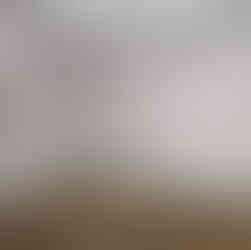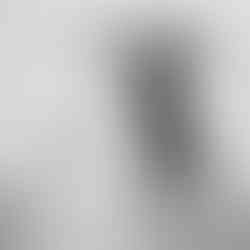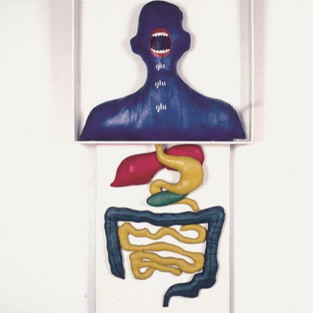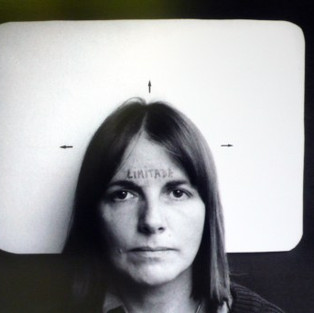Looking Forward, Pacific Standard Time Round 3: LA/LA
- artandcakela
- Mar 25, 2017
- 3 min read

Japanese American National Museum. Transpacific Borderlands: The Art of Japanese Diaspora in Lima, Los Angeles, Mexico City, and Sao Paulo. Eduardo Tokeshi, Bandera 1, 2001. Oil on canvas.
Looking forward, Pacific Standard Time Round 3: LA/LA
Opening September 2017
By Jacqueline Bell Johnson
Pacific Standard Time started in 2011 with Art in LA: 1945-1980. It was a massive series of exhibitions and other events uncovering the Los Angeles’ local art history and revisiting the city’s contributions to the modern art canon. The list of participating venues, institutions, artists, curators, and historians was a who’s who of the LA art scene. Projects were funded through grants from the Getty Foundation, who also jointly created the initiative with the Getty Research Institute. This first PST lasted for 6 months; the enthusiasm maintained through staggered openings, a calendar full of coinciding events including a performance festival.
In 2013 came Pacific Standard Time Presents: Modern Architecture in LA. This event was smaller in scale, yet still a collaborative venture that included other LA institutions.
Now, the Getty Foundation has created a new incarnation of Pacific Standard Time: LA/LA. This event will be similar in structure and scale to the first PST, covering Latin America and Latino Art. LA/LA approaches the southern California region through its history; the first identity of Los Angeles was as the city of El Pueblo de Nuestra Señora la Reina de los Ángeles, officially founded in 1781 as part of New Spain. Though modern day LA is a cultural mecca in its own right, this PST looks at its history as the culmination and collision of Latin, Native, European, and [a young] American culture, and seeks to celebrate and highlight its robust legacy. The theme is timely, following on the heels of some major rejection of America’s Latin roots and Latin people. PST: LA/LA is a reminder of who we are and where we came from.
All the PST exhibition series have been coupled with loads of funding: grants awarded to institutions both big and small to conduct research, curate exhibitions, house residencies and support contemporary artists, representing $16 million and over 50 organizations. PST:LA/LA also stands to be the most encompassing so far, with funding going to institutions as far away as Mexico City, Brazil, Argentina, and Houston. Even without funding, to be included a proposal must be accepted by the Getty Foundation.
A side effect of these PST’s is the building of community. Relationships have been built between art institutions, galleries, curators, universities, even local community art centers through joint endeavors. The dispersal of grants has created new research, sprung back-to-life forgotten art and artists, and directly supports the active community of contemporary artists making and working now in Los Angeles by acknowledging their value and contributions to LA culture by creating opportunities for their work to exhibited in high profile programming. For example, REDCAT received a rather large grant for their Live Art: Latin America/Los Angeles performance art festival, which takes place January 2018. In addition to REDCAT’s own programming for the festival, they had an open call for additional artists. Artists will receive an honorarium, meaning financial support to bring their ideas to fruition.

REDCAT (Roy and Edna Disney/CalArts Theater) The Words of Others (Palabras Ajenas). Leon Ferrari, Palabras Ajenas, Falbo Editor, Buenos Aires, 1967. First Edition (front cover), Courtesy of FALFAA.
LA/LA will officially kick off in September this year, and while this PST focuses on modern and contemporary art, there is a broad spectrum of programming that includes historical artifacts and early civilization art, film, photojournalism, design, architecture, orchestral/jazz/pop music concerts, a symposium, and several festivals. There are over 70 exhibitions planned, but those numbers could grow as the start date gets closer.
#losangeles #ModernArchitectureinLA #artinLA #losangelesartist #mexico #ElPueblodeNuestraSenoralaReinadelosAngeles #painting #GettyResearchInstitute #houston #losangelesart #european #LatinoArt #native #southerncalifornia #LosAngelesArtists #Argentina #photography #MexicoCity #LatinAmerica #PacificStandardTIme #PSTRound3LALA #artandcake #Brazil #artexhibition #TheGettyFoundation #installation #ArtandCakeLA #installationart #sculpture #artexhibit #american #latin #ArtandCulture #latino #latinamericanart #JacquelineBellJohnson #REDCAT #borderlands #drawing


















































